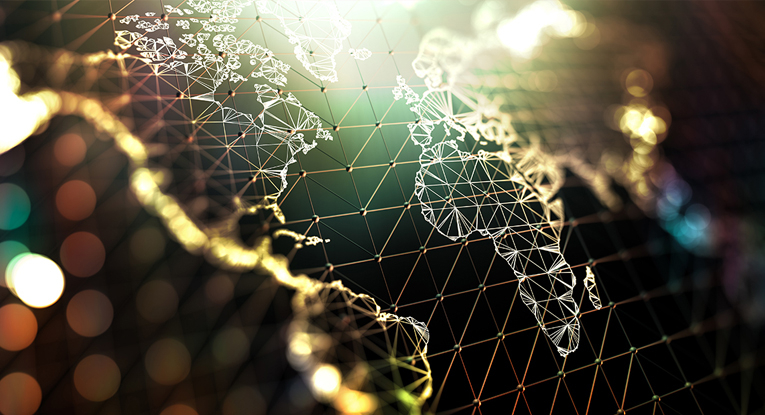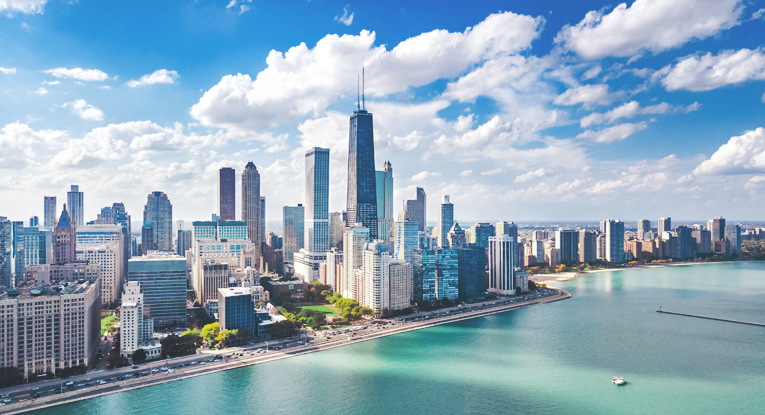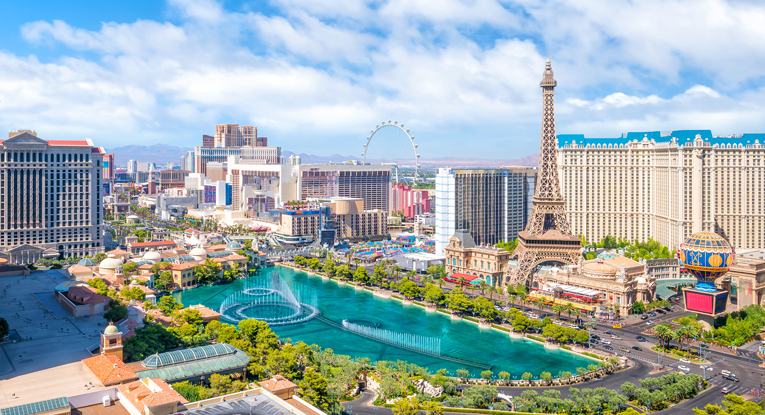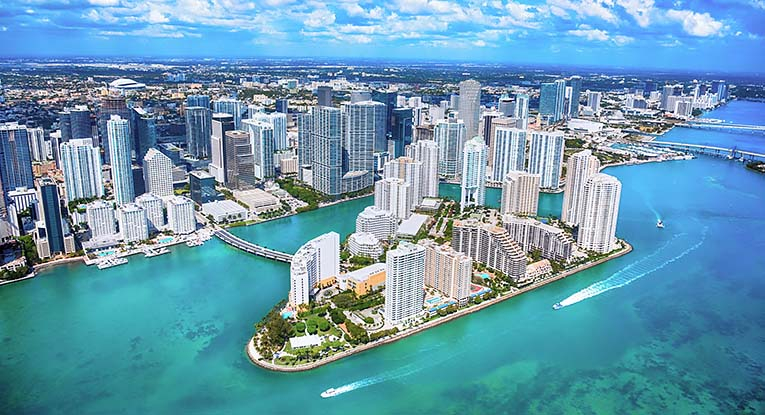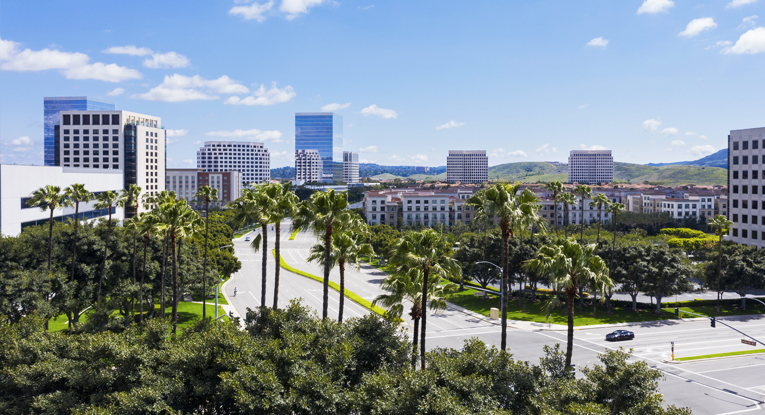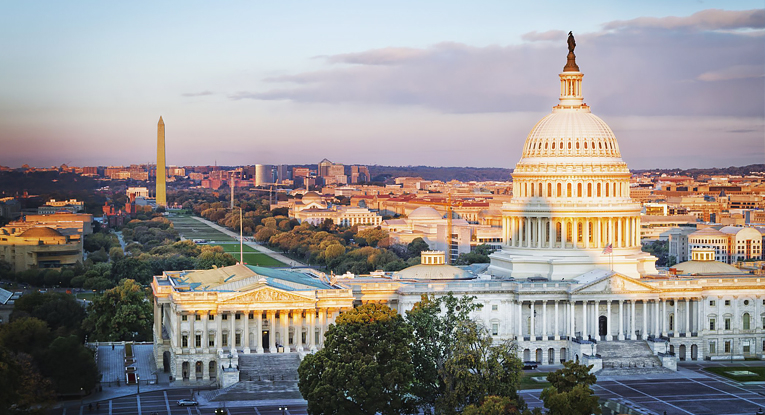OSHA Issues Updated Enforcement Guidance
On May 19, the Occupational Safety and Health Administration (OSHA) issued two revised COVID-19-related enforcement policies. The first policy concerns OSHA’s plan to increase inspections, and the second policy concerns recordkeeping.
Increased Inspections Guidance
This enforcement guidance memorandum to Regional Administrators signals movement toward resumption of normal on-site inspection procedures. Effective May 26, 2020, this guidance rescinds the prior interim guidance that restricted on-site inspection activities. OSHA cites decreasing rates of COVID-19 diagnoses and deaths, and establishes guidelines for inspections based on the progression of COVID-19 in a particular geographic area. The guidance divides geographic areas into two categories: (1) areas where community spread of COVID-19 has significantly decreased, and (2) areas experiencing either sustained elevated community transmission or a resurgence in community transmission of COVID-19.
- In areas where community spread of COVID-19 has significantly decreased, OSHA will return to pre-COVID-19 inspection procedures, with minor modifications. OSHA will continue to prioritize COVID-19-related cases, and OSHA personnel will continue to take precautions and use personal protective equipment (PPE) when performing COVID-19-related inspections.
- In areas experiencing either sustained elevated community transmission or resurgence in community transmission of COVID-19, OSHA will continue to use enforcement discretion, including prioritization of COVID-19-related cases and high-risk workplaces such as hospitals. Additionally, OSHA indicates that inspections in these geographic areas will be conducted remotely when necessary, will use phone/fax investigation techniques when possible, and that OSHA will conduct monitoring inspections from a randomized sampling of fatality or imminent danger cases where inspections are not conducted. OSHA personnel will continue to take precautions and use PPE to protect against potential COVID-19 exposure.
Strategic Focus on “High-Risk” Workplaces and Employer Efforts to Comply with CDC Guidance
OSHA specifically notes that it is receiving complaints from workers in “non-essential businesses,” and indicates that its guidance “takes account of such changes.” OSHA personnel are directed to evaluate the potential risk level of exposure to COVID-19 at a workplace, prioritize resources accordingly, and limit any possible exposures. When OSHA identifies a workplace with potential exposure to COVID-19 and determines that an inspection is necessary, they must consult with their supervisors, regional office and potentially also with the Office of Occupational Medicine and Nursing, and must report all proposed COVID-19-related citations to the Directorate of Enforcement Programs.
OSHA notes that health care facilities and other high-risk locations will “frequently” be the focus of inspection activities.
Further, the new guidance states that current CDC guidance should be used to evaluate the adequacy of an employer’s protective measures for workers (commensurate with the workplace risk level). Specifically, if an employer uses less-protective measures than recommended by the CDC, OSHA personnel are directed to “consider whether employees are exposed to a recognized hazard and whether there are feasible means to abate that hazard,” which indicates that employers are more likely to receive a citation if they fail to follow CDC guidance.
Respiratory Protection Emphasis, Employer’s Good Faith Efforts Considered
OSHA personnel are directed to assess whether high-risk workplaces are providing respirators (N95 or better) to frontline health care workers. While non-use of respirators for frontline health care workers will likely not be tolerated by OSHA, the guidance acknowledges the ongoing equipment shortages of N95s, surgical masks and fit-testing supplies, and directs OSHA personnel to use enforcement discretion regarding an employer’s provision of respiratory protection to its employees, including consideration of the employer’s “good faith efforts.”
The guidance indicates that an employer’s good faith efforts should be accomplished in the following order: (1) implement hierarchy of controls to eliminate hazards, then use engineering and administrative controls and safe work practices to prevent hazard exposure; (2) prioritize efforts to obtain and use respiratory protection, with NIOSH-certified equipment as the best option and use of other less-protective options as specified in OSHA’s April 3, 2020, memo; (3) use equipment within its specified shelf/service life; (4) use homemade or improvised masks only as a last resort, and ideally coupled with a face shield.
OSHA also indicates that even when an employee is unable to use a NIOSH-certified respirator, workers should perform a user seal check each time they don a respirator. Also, OSHA will determine whether employers have adequately trained employees to understand the safe and effective use of respirators.
OSHA notes that it will consider an employer’s efforts to utilize “other feasible measures” such as partitions, access restriction, and other engineering controls and work practices; good faith efforts to obtain appropriate PPE; efforts to monitor and prioritize the use of N95 masks; and an employer’s use of “interim” protective measures such as face shields and goggles to protect employees.
Recordkeeping Guidance
The second guidance document issued on May 19 addresses recording of COVID-19 cases on the employer’s 300 log, and takes a different stance than its April 10 recordkeeping guidance. The April 10 guidance instructed that in light of the difficulties of determining where an employee may have contracted the virus, employers were not expected to attempt to make that determination (and therefore were not expected to record), absent strong objective evidence of work-relatedness. The May 19 guidance states that in light of the country’s experience in dealing with COVID-19, employers should now be taking action to determine whether employee cases are work-related and thus recordable. The May 19 guidance still recognizes the difficulty of determining the source, especially when an employee has experienced exposure both in and out of the workplace.
In determining whether an employer has made a reasonable determination of work-relatedness, OSHA inspectors are instructed to apply the following considerations:
- The reasonableness of the employer’s investigation into work-relatedness. It is sufficient in most cases for the employer, when it learns of the employee’s illness, to (a) ask how the employee believes they contracted the virus; (b) while respecting the employee’s privacy, discuss with the employee their work and out-of -work activities that may have led to the virus; and (c) review the employee’s work environment for potential exposure, which should be informed by any other instances of workers in that environment who contracted the virus.
- The evidence available to the employer. The determination should be made based upon evidence reasonably available to the employer, and if the employer later learns more information, then that information should be taken into account in determining whether the employer made a reasonable work-relatedness determination.
- The evidence that the virus was contracted at work. Certain types of evidence may weigh in favor of or against work-relatedness. For example, the case is likely work-related if (a) several cases develop among workers who work closely together and there is no alternative explanation; (b) it is contracted shortly after lengthy, close exposure to a particular customer or co-worker who has a confirmed case and there is no alternative explanation; or (c) the employee’s job duties include having frequent, close exposure to the general public in a locality with ongoing community transmission and there is no alternative explanation. Conversely, a case is likely not work-related if they are the only worker in the vicinity to contract the virus and their job duties do not include frequent contact with the general public, regardless of the rate of community spread.
If after conducting a good faith inquiry in accordance with the above considerations, the employer cannot determine whether it is more likely than not that an exposure in the workplace played a causal role, the employer does not need to record the case.
In sum, OSHA’s enforcement priorities and procedures continue to evolve as the nation adjusts to and recovers from the COVID-19 pandemic. Employers can seek additional information through the OSHA and CDC websites.












